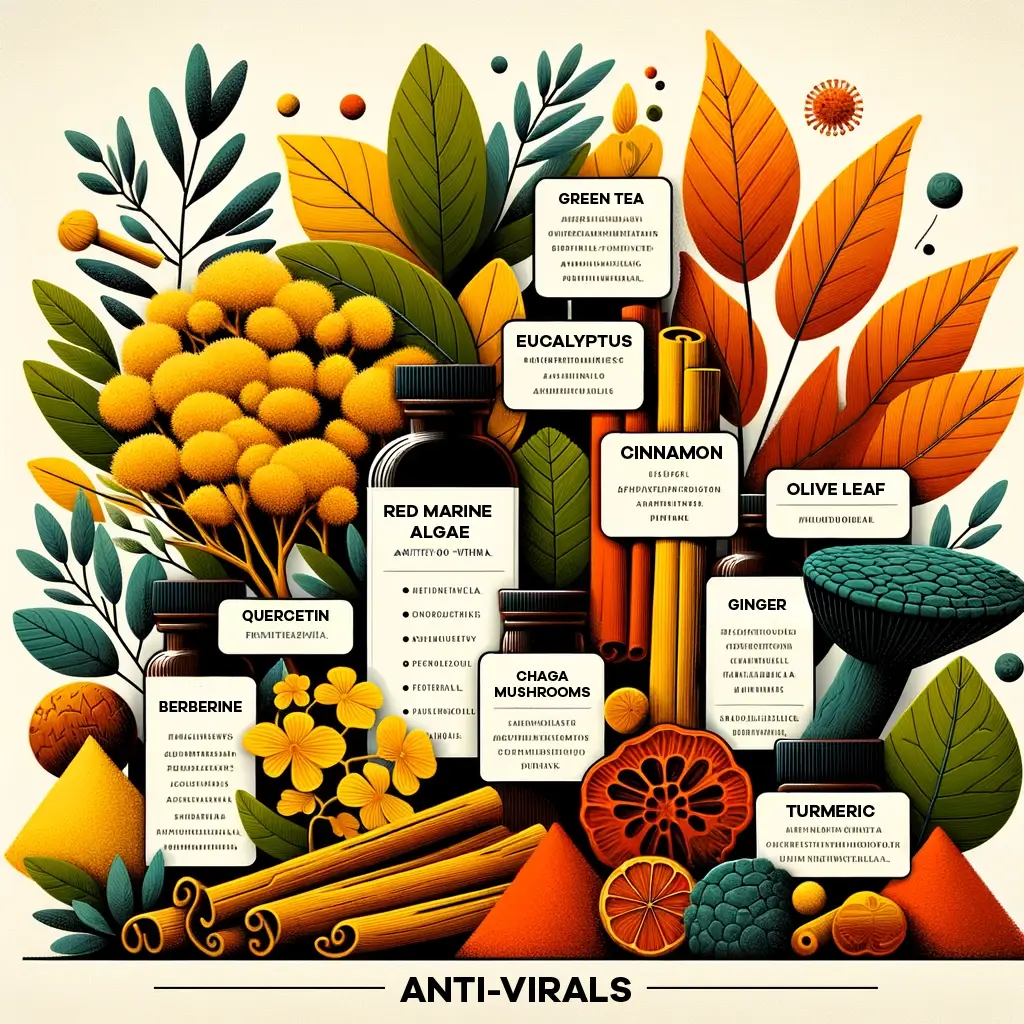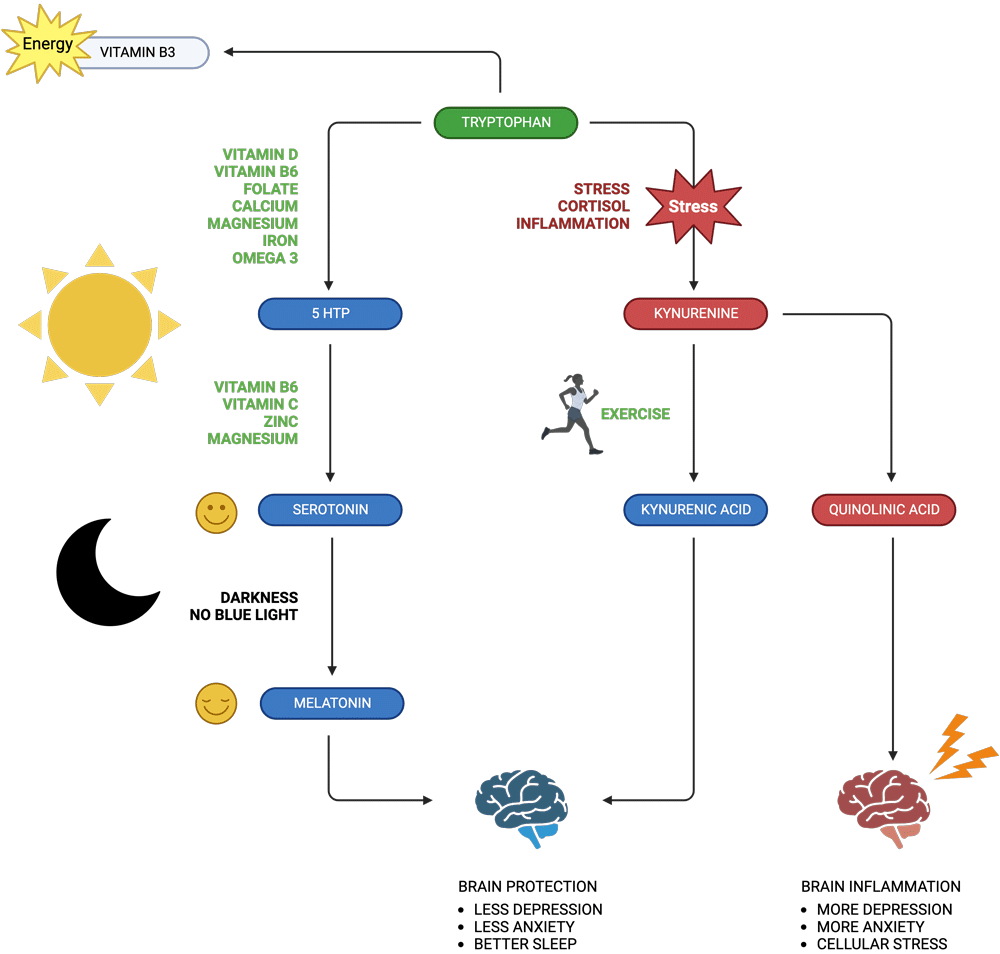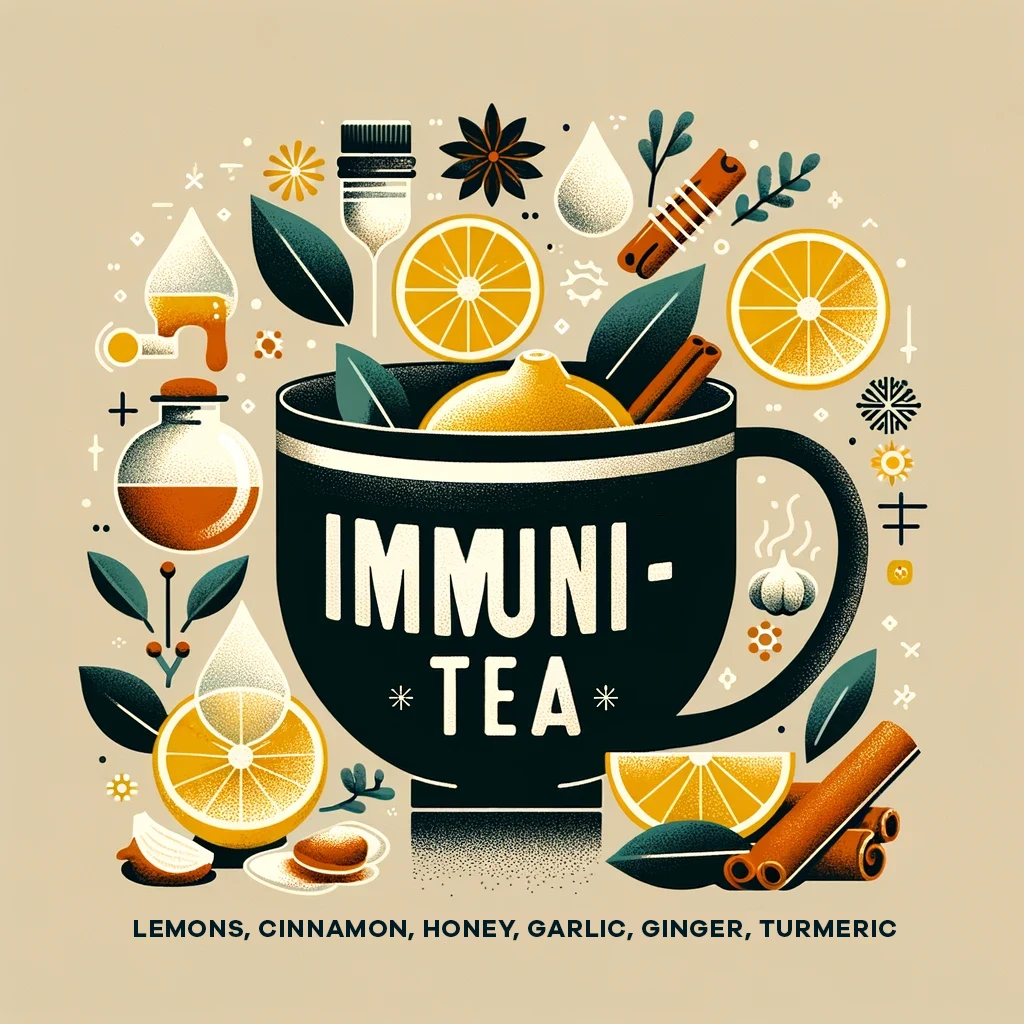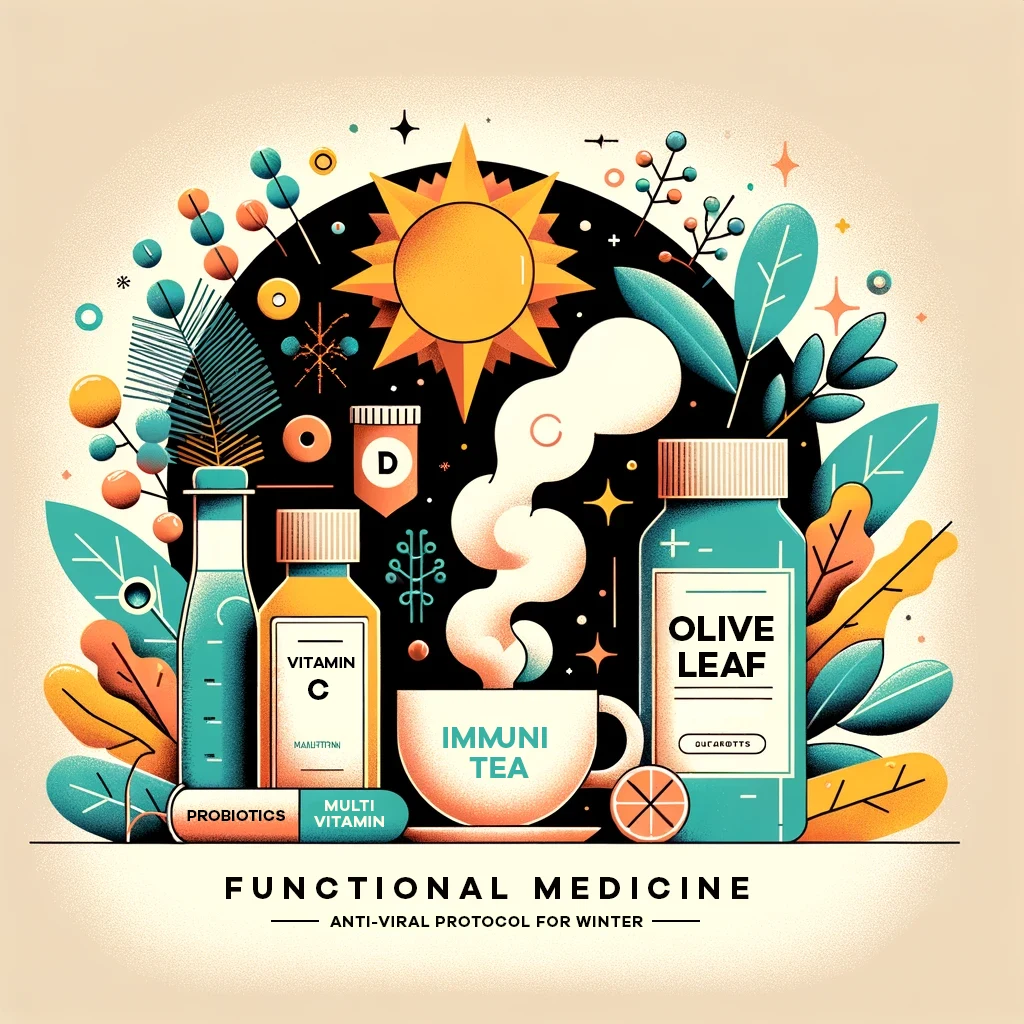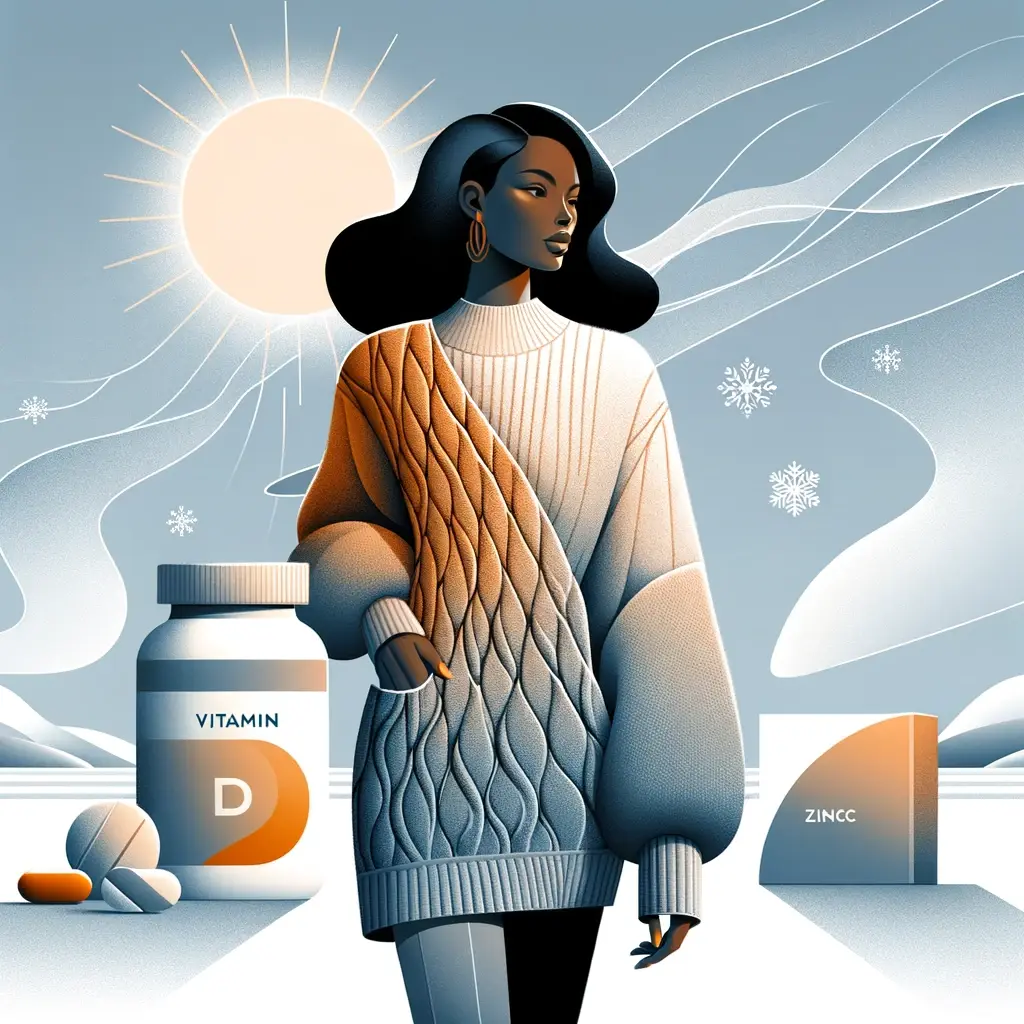As the chill of winter sets in, so does the dreaded wave of viral infections. It’s a perennial question: why are we more susceptible to these infections during the colder months? The surprising answer is that it’s not because the cold makes us cold – it’s because the cold air is less humid and that has a knock on effect that makes us more prone to infections.
The Dry Air Effect
The key factor of cold air is that it’s dry. This dryness plays a crucial role in how viruses like the common cold and flu are transmitted. Viruses, particularly those causing respiratory infections, thrive in low-humidity environments. When the air is dry, the moisture that typically traps and weighs down viral particles is absent. Consequently, these particles remain airborne longer, increasing the likelihood of inhalation. Research shows that more Covid infection and more severe cases – and more deaths – occur when the relative humidity was lower than 40 per cent or higher than 60 per cent. Most viruses have a seasonal cycle. Colds, flu, Covid and other viruses flourish when the cold weather arrives. The virus season starts at about the same time as the air becomes drier.
This phenomenon is not just outdoor but also indoor. Heating systems used in homes and offices during winter further dry out the air, unwittingly creating an ideal environment for viruses to disperse and persist.
Compromised Defence: The Possible Role of Mucus Membranes
Our body’s first line of defence against airborne pathogens is the mucus in our respiratory tract. However, cold air affects this natural barrier. When we breathe in cold, dry air, our mucus membranes – particularly in the nasal passages and throat – dry up. This drying impairs their ability to trap and eliminate viruses. As a result, our susceptibility to infections increases.
The drying of mucus membranes is not just uncomfortable but also a significant health concern during winter. People with respiratory conditions like asthma may find their symptoms worsening in cold weather due to this effect.
Should we use humidifiers?
One practical solution to combat the dryness of winter air is the use of humidifiers. By adding moisture to indoor air, humidifiers can help maintain a level of humidity that’s less conducive to the spread of viruses. This not only helps in reducing the transmission of viruses but also aids in keeping the mucus membranes from drying out, thus preserving our natural defence mechanism.
However, it’s essential to use humidifiers correctly. Over-humidifying can lead to other problems, such as the growth of mould and bacteria, in the house and in the humidifier itself which becomes an added risk. Cleaning the humidifier may also pose a risk as disinfectants can leave residues behind which will then be inhaled.
What not might work at home, could work in offices, schools and hospitals that have the resources to maintain humidifiers. For example, studies from a team at the Mayo Clinic, which humidified half of the classrooms in a preschool and left the other half alone over three months during the winter showed that flu-related absenteeism in the humidified classrooms was two-thirds lower than in the standard classrooms — a dramatic difference.
A small, simple money-saving trick
Lowering your indoor temperature will raise humidity, and provide protection, as well boost your metabolism, keep the weight off and lower your electricity bills.

